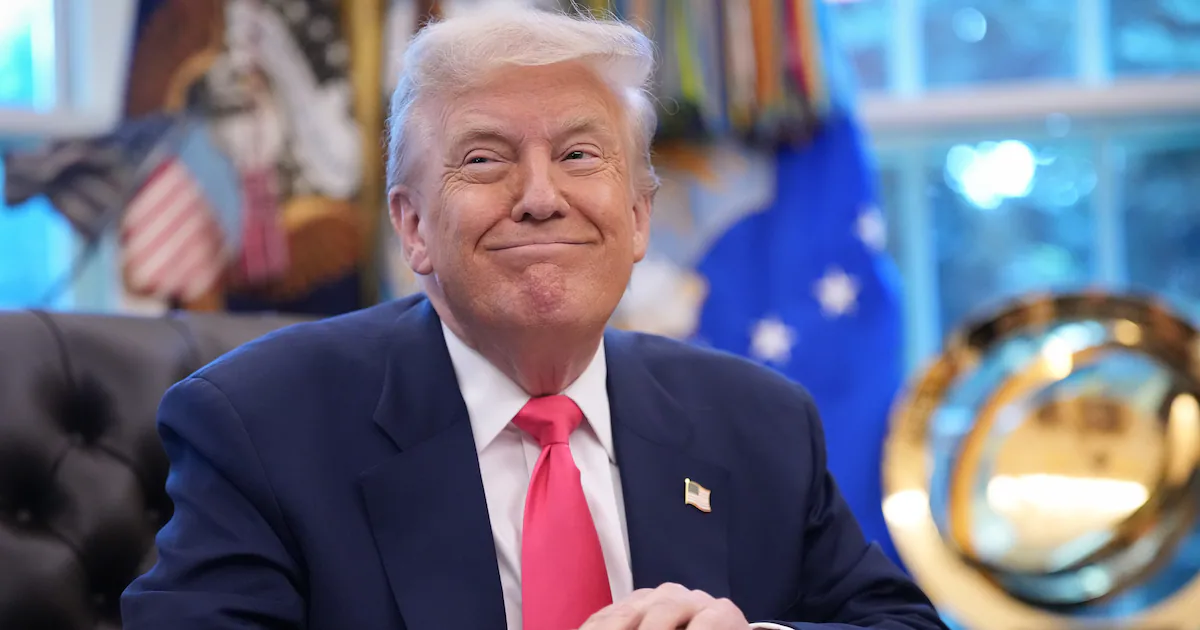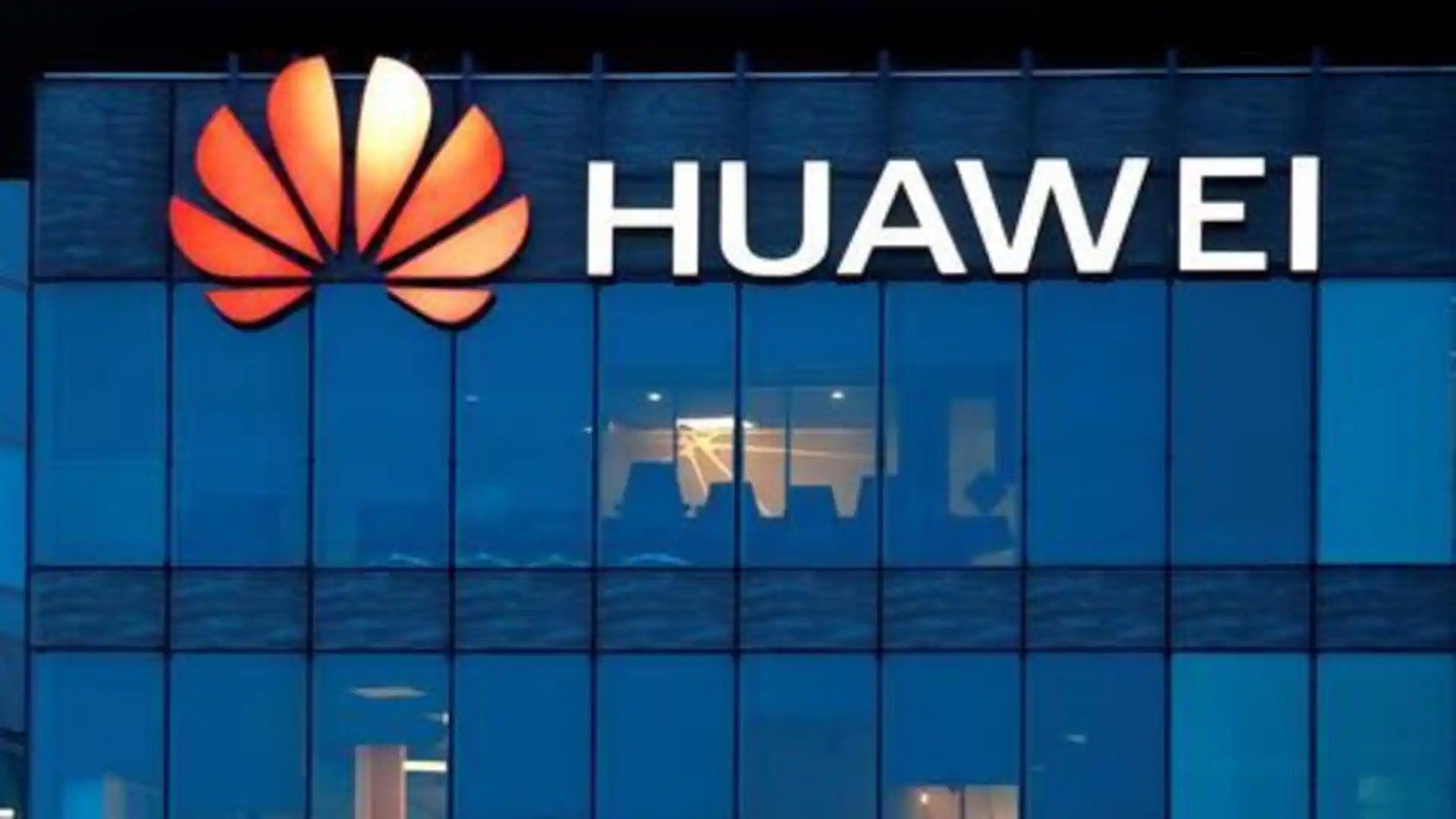By James Massola,Natassia Chrysanthos,Paul Sakkal
Copyright brisbanetimes

“I’m a liberal, not a protectionist,” she said, in response to a Hastie post. “We need to focus on delivering outcomes for the realities of modern Australia … Our existence isn’t threatened by not looking backwards; our existence is threatened by not looking forwards.”
Nor are Hastie’s ideas neatly at home with the conservative, or right wing, element of the party. Some of the group’s leading members, such as finance spokesman James Paterson, are traditional champions of free market liberal economics, not government intervention.
But that right-wing faction, the largest in the parliamentary party, is itself divided over social and economic policies. It lacks the coherence of previous terms, after leaders Peter Dutton and Michael Sukkar were booted from parliament in the election. In that vacuum, conservative MPs are experimenting with new ideas.
Hastie saw Dutton as a continuity candidate who was more conservative in tone than substance. He has no intention of imitating the former leader. “He wants to do it his own way,” one ally said.
Several colleagues are cheering him on. Publicly, they have included outspoken senators Matt Canavan and Jacinta Nampijinpa Price, as well as younger Queensland right-wingers Henry Pike and Garth Hamilton. The latter represent a new brand of Coalition MPs who champion conservative cultural issues but not the free market thinking that has been dear to Liberals for decades.
On Thursday former Liberal minister Arthur Sinodinos urged the party to unite behind a centrist message. “If you want to have an effective opposition you have to be united, you have to speak with one voice,” he said on ABC radio. “There’s been too much focus on the culture wars and not enough on the bread and butter issues that impact Australians.”
But Price leapt to Hastie’s defence this week. “At a time when Australians are looking for substance and vision from their leaders, Andrew is demonstrating both vision and substance,” Price wrote on social media. The next day, in an interview with 2GB, she pointed out an alignment in their values. Price said the key institutions of Australian life – family, community and nation – were “at the core of [what] Andrew Hastie’s leading with”.
“I think he’d make a remarkable leader one day,” she said.
Hastie has not been shy about his leadership ambitions. “I’d be foolish to say I don’t have a desire to lead. I do have a desire to lead,” he said on the Curtin’s Cast podcast, released on May 14. He said he didn’t run in the post-election leadership ballot for personal reasons – his children are aged three, seven and nine – but said leadership was not confined to a single role. “We’ve also got to lead in the battle of ideas as well, and I think that’s where I want to make a contribution,” he said.
Ley won the ballot against Angus Taylor, now defence spokesman, by a slim margin of 29-25. Neither Taylor nor Hastie is counting numbers, but both know Ley’s leadership is precarious.
Taylor tells his colleagues that Ley needs to clearly demonstrate she has failed before any challenge is put, meaning any move would likely come next year. Hastie insists he’s a team player. “I’m just being a little bolder in some of the policy positions that I think we should adopt,” he said in the 2GB interview on Thursday, when asked how his interventions were being received by the leader’s office.
“I’m simply stating some positions, mainly through social media, and people can interpret that how they want. But I just think we need to reconstitute our natural consistency on the centre right, if we’re going to be a force to beat Labor in two years.”
Some on the right see Hastie’s posturing as more of an attempt to overtake Taylor than to immediately topple Ley. Taylor carries baggage, having lost the party ballot and failed to deliver an economic message as shadow treasurer. The defence spokesman’s colleagues say he remains intent on becoming leader, but at least three of his previous key lieutenants now want Hastie to be the next challenger instead.
But those close to Hastie say the leadership is not the only thing that motivates him. “If he was this thrusting, egocentric person that people make him out to be, he would have run for leader,” says the friend and ally mentioned earlier. “This is about leadership, to some extent, but it’s a little deeper than that. He wants a debate on direction and values, which has been absent for years.”
One Liberal MP says it is clear Hastie has leadership ambitions, “but I think his mission is ideological, that he is trying to reshape the centre of gravity in the Liberal Party, so it is more conservative, or MAGA-like”.
It might not work. One sceptical MP from the right said: “This MAGA turn won’t help Andrew win votes in the party, particularly not people like Jane Hume and sensible types you need to win a ballot”.
Hastie’s recent pronouncements would create buzz on the party’s fringes, the MP said, but fail to create support among centrists and more pragmatic right-wingers such as James Paterson, Claire Chandler and Jonno Duniam.
Another moderate MP said Hastie’s positions were so divorced from Liberal orthodoxy that they would eventually be held against him. The MP would not fight Hastie in public because, like his ally Price, he was “flaming out” on his own.
Hastie might not mind. “If I go out with the tide in 2½ years, that’s great; I’ll get a lot more time with my kids back,” he said last week.
But in the meantime, he’s preparing for battle. In response to a comment left on one of his social media posts about Charlie Kirk, which asked about the right-wing speaker’s contentious views on race and sexuality, Hastie spoke in life-and-death terms about what he sees as a hinge point in history.
“The next leg of the journey won’t be for the faint-hearted mate,” he wrote.
Cut through the noise of federal politics with news, views and expert analysis. Subscribers can sign up to our weekly Inside Politics newsletter.



